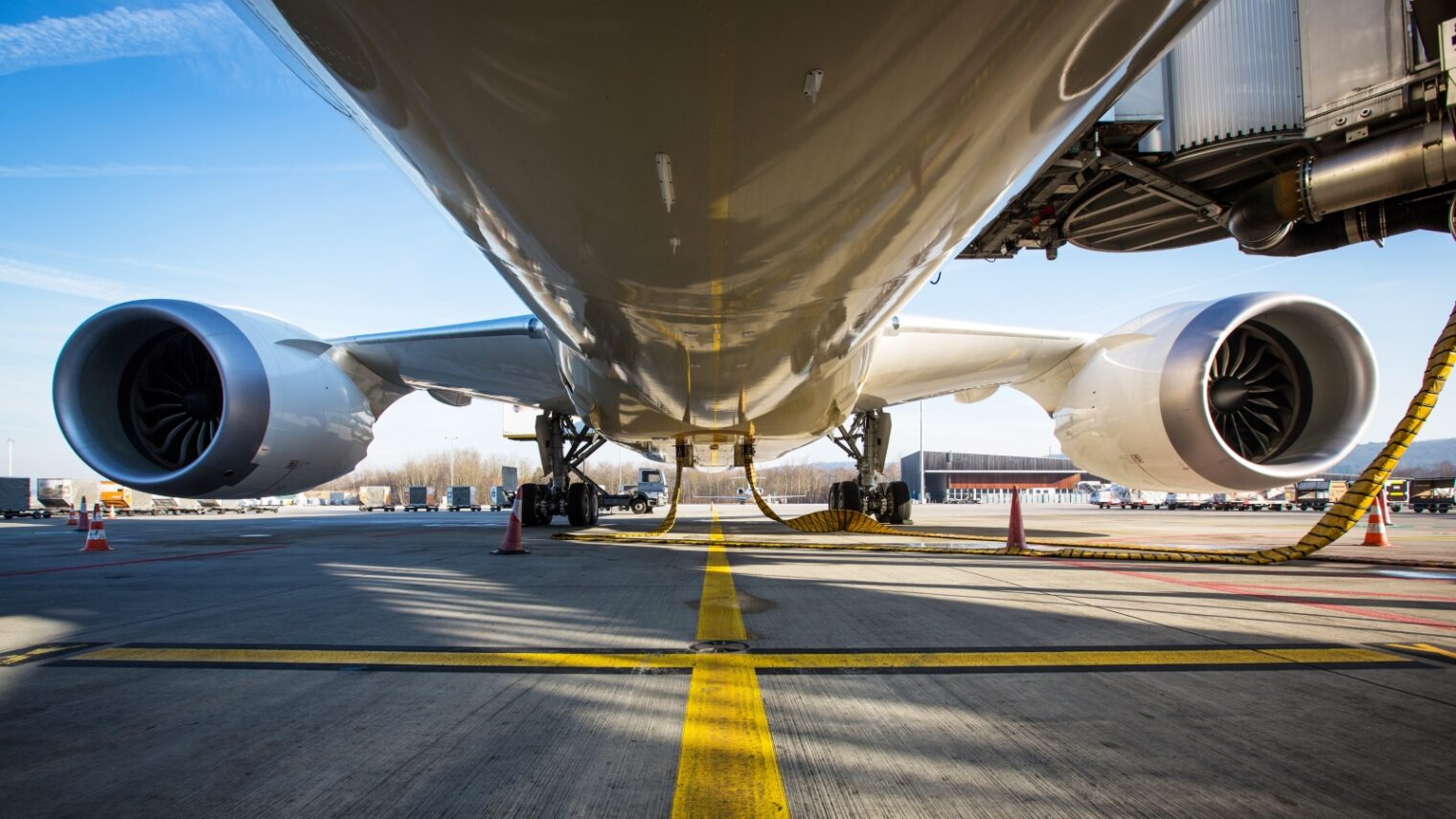Israeli aerospace engineers have developed and patented a process that can be used onboard aircraft while in flight to produce hydrogen from water and aluminum particles safely and cheaply. The hydrogen can then be converted into electrical energy for many functions of the plane.
The significance of this invention is that it could pave the way for less-polluting, more electric aircraft in place of the current hydraulic and pneumatic systems typically powered by the main engine.
The groundbreaking work was reported in a recent paper published in the International Journal of Hydrogen Energy.
“Hydrogen produced onboard the aircraft during flight can be channeled to a fuel cell for electrical energy generation,” said lead researcher Shani Elitzur of the Technion-Israel Institute of Technology’s Faculty of Aerospace Engineering.
“This technology offers a good solution to several challenges, such as hydrogen storage, without the problems associated with storing hydrogen in a liquid or gas state,” she said.
The Israeli engineers were able to work around the longstanding hydrogen storage conundrum by using non-polluting proton exchange membrane (PEM) fuel cells and a process of aluminum activation patented by the paper’s co-authors, Elitzur’s PhD advisers Alon Gany and Valery Rosenband.
“Efficient hydrogen production and storage represents the future for efficient and safe aircraft inflight energy needs,” said Gany, a professor emeritus who formerly headed the Fine Rocket Propulsion Center and the Aerothermodynamics Laboratory at the Technion.
In 2015, Elitzur was named the No. 3 best young scientist/innovator/entrepreneur in the world as part of the Falling Walls Lab competition in Berlin, which led to a grant for her PhD research from the Israeli Ministry of Science.
https://vimeo.com/146758020
Any kind of water will do
Elitzur’s research focused on developing a spontaneous and sustained thermo-chemical reaction that produces hydrogen when aluminum powder is activated by either freshwater or wastewater at room temperature.
Since both types of water already are available on planes, no additional water would have to be brought onboard for this process, nor would hydrogen storage tanks be necessary.
The heat generated by the chemical process could be funneled into tasks such as heating water and food in the galley, de-icing operations, or heating aircraft fuel prior to starting the engines.
According to the journal article, “On-board hydrogen production for auxiliary power in passenger aircraft,” Elitzur’s system would drastically reduce carbon dioxide emissions and flammable vapors from fuel tanks, and also would provide a quieter environment inside airplanes.
“The possibility of using available, onboard wastewater boosts both the efficiency and safety of the system,” explained Rosenband. “Also, the PEM fuel cells exhibit high efficiency in electric energy generation.”
Aircraft manufacturers including Boeing and Airbus have already investigated using onboard fuel cells. Boeing has experimented with them in smaller aircraft, in anticipation of using them on its 787-8, the current state-of-the-art electric airplane.
According to the Technion researchers, their fuel cells could save energy not only inflight but also when used by airline and airport ground support technicians for de-icing and runway light towers.

















